(NLDO) - The objects that have puzzled scientists and were recently recorded by the James Webb telescope may have existed since the birth of the universe.
Since the world's most powerful space telescope, James Webb, became operational, data from it has revealed a number of objects that scientists thought were "impossible" in the early universe.
The most prominent of these are monster black holes with masses ranging from 100,000 to 1 billion Suns, observed during the Cosmic Dawn period - the first billion years after the Big Bang event that created the universe - or just a few hundred million years later.
It's a phenomenon that makes absolutely no sense according to popular cosmological theories. But a new study from Italy has found a plausible answer.
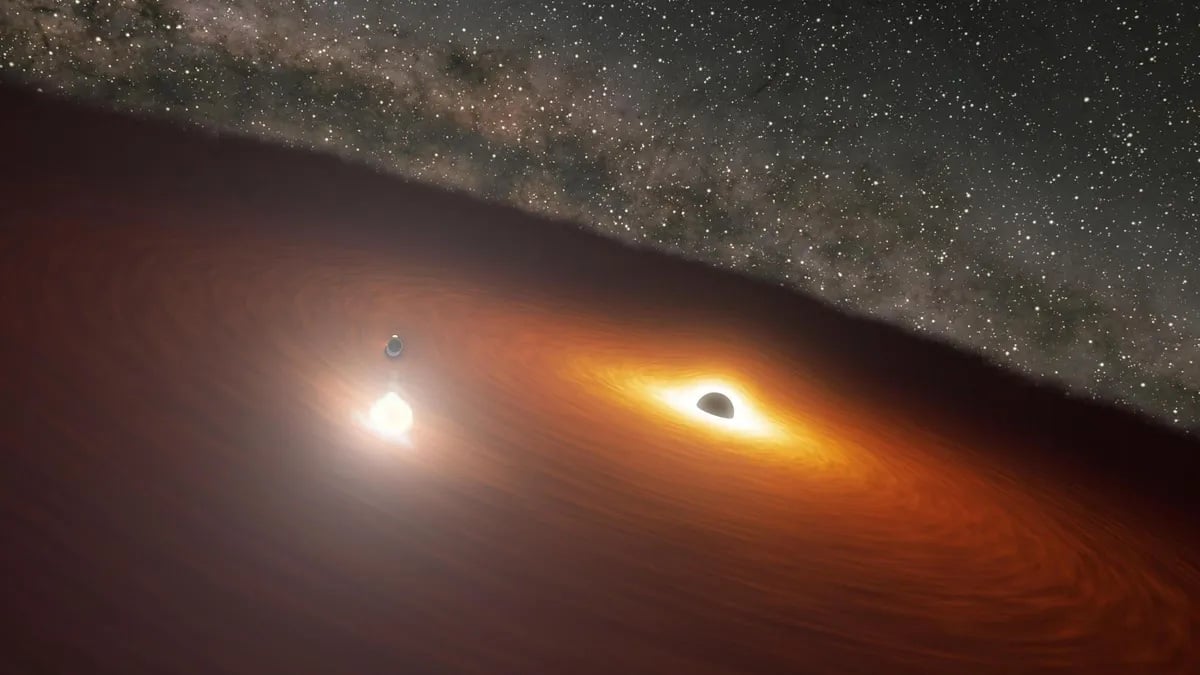
Illustration of two of the most terrifying objects in the universe - two monster black holes - on the verge of merging - Photo: NASA/JPL-CALTECH
According to Live Science, most scientists believe that black holes originate from massive stars.
Among them, the largest type of black hole - the supermassive black hole or monster black hole - achieves its great size thanks to billions of years of swallowing matter and merging with each other to grow.
But in the 1970s, renowned theoretical physicist Stephen Hawking proposed that the universe might have naturally produced countless small black holes in the first moments of the Big Bang.
These black holes would not come from the collapse of stars; instead, they would be born directly from matter and energy compressed to high densities amid the chaotic fluctuations in that early world.
After decades of investigation, there has been no evidence of this type of primordial black hole.
But the model of the research team led by Dr. Francesco Ziparo from the Scuola Normale Superiore di Pisa University (Italy) shows that the impossible black holes photographed by James Webb are the ones that Professor Hawking mentioned.
In this scenario, giant black holes—most likely including Sagittarius A* at the center of Earth's Milky Way galaxy—would not have grown after the first stars and galaxies formed.
Instead, the “primordial black hole seeds” were present from the very first moments of the universe, as part of what the Big Bang created in the first place, 13.8 billion years ago.
They may have been as small as asteroids, but quickly acquired most of their mass during the "Dark Ages" of the universe, before the first stars and galaxies.
According to recent models, the Dark Ages may have begun about 400,000 years after the Big Bang and lasted for about 50–100 million years.
So, when the first stars burned out, they would have shared the universe with black hole monsters that had grown enormous.
Source: https://nld.com.vn/vat-the-bat-kha-thi-138-ti-tuoi-con-dau-long-cua-big-bang-196241125093523867.htm








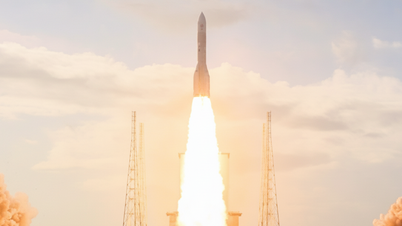



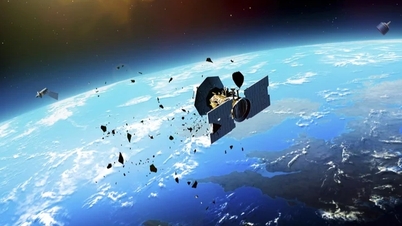

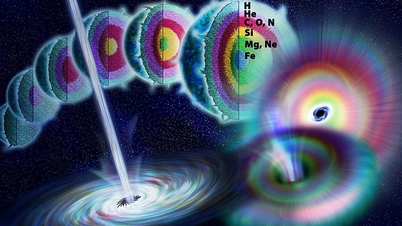
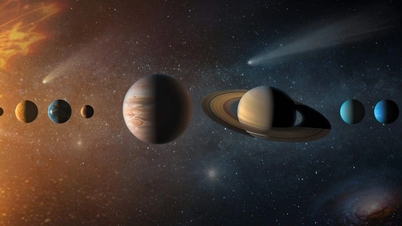




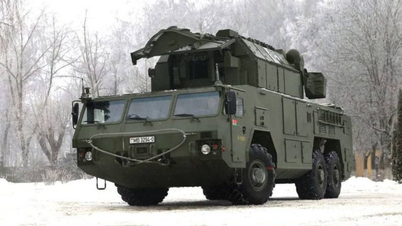















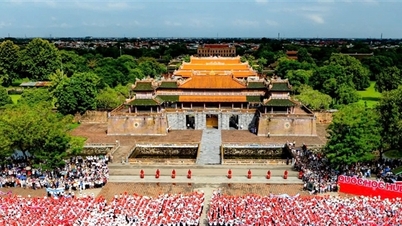





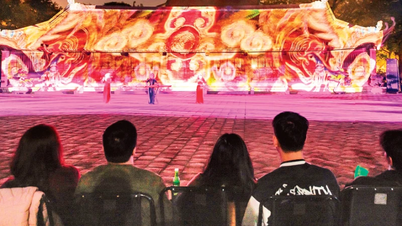
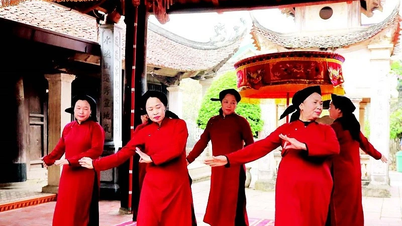
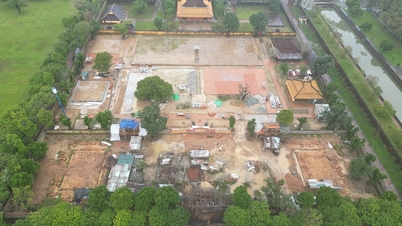










































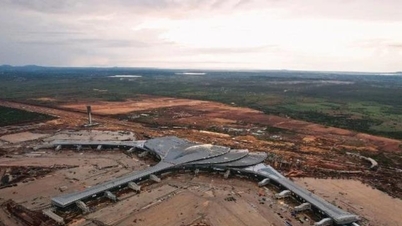

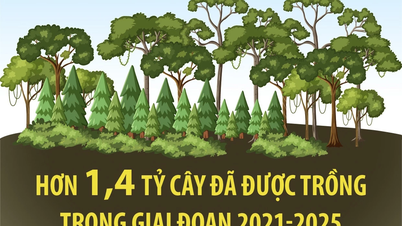




















Comment (0)